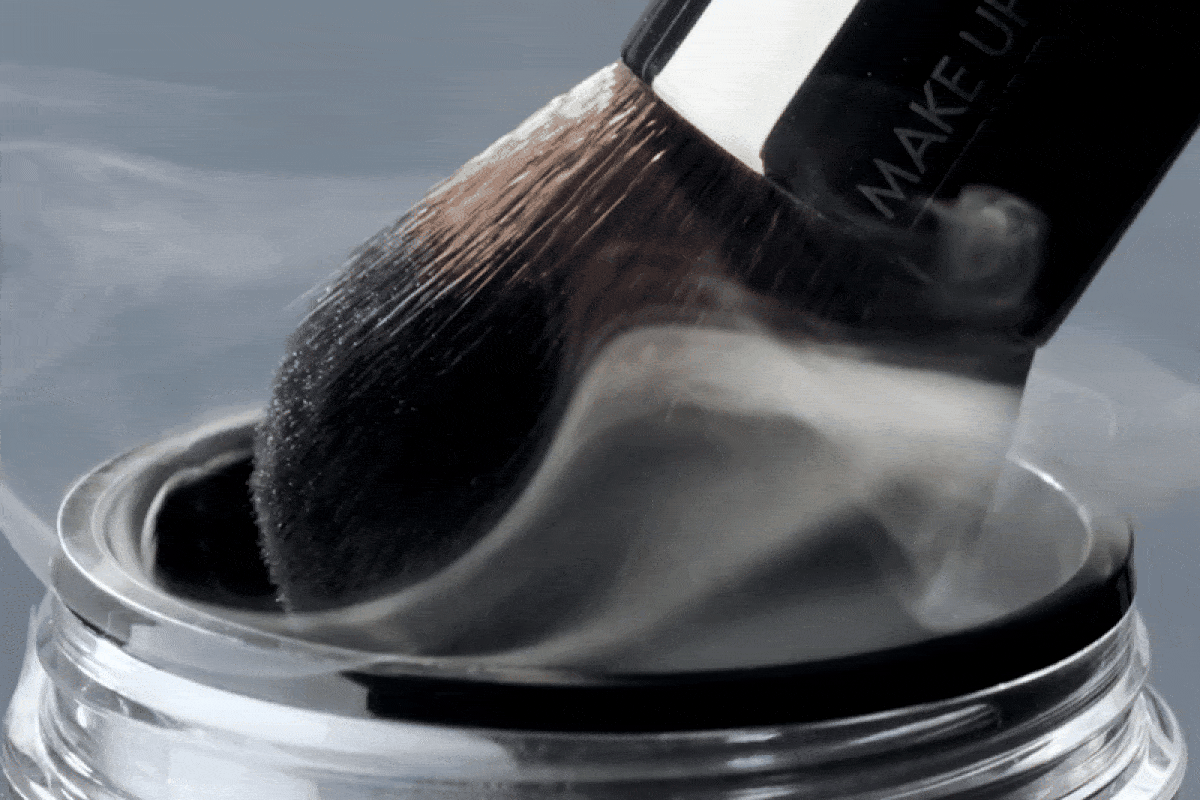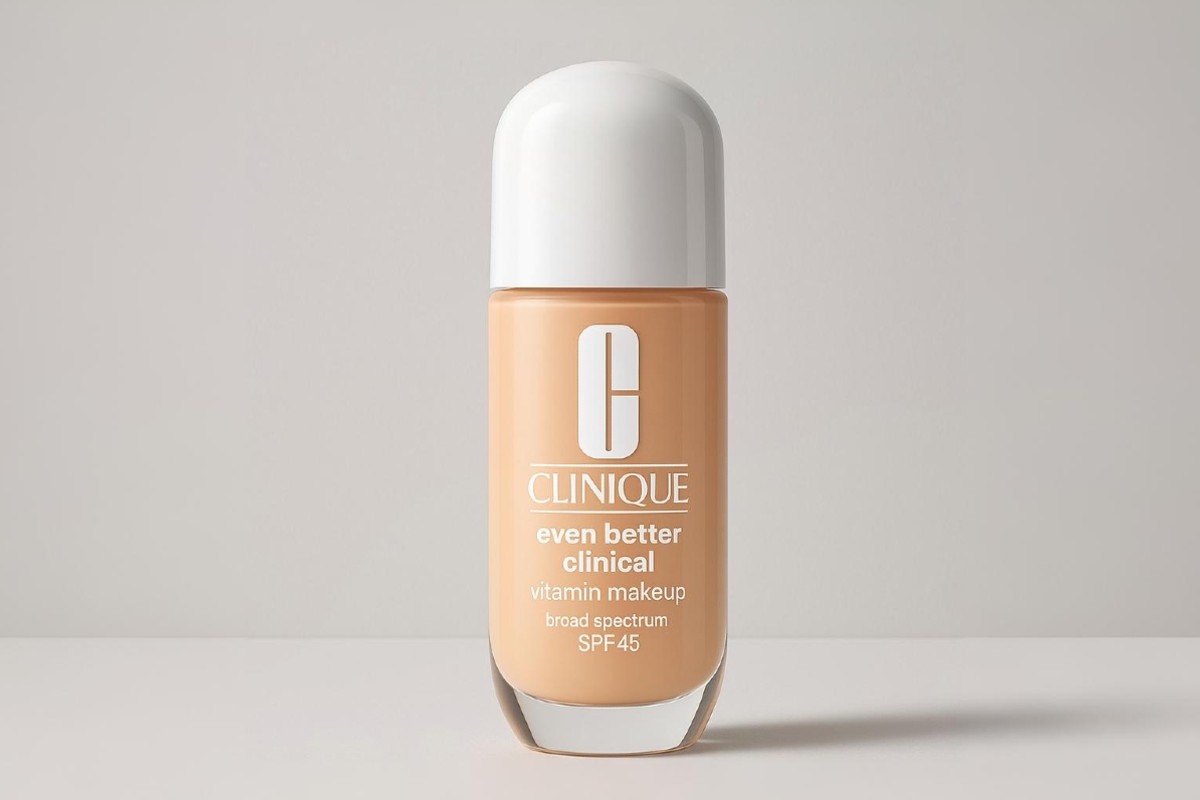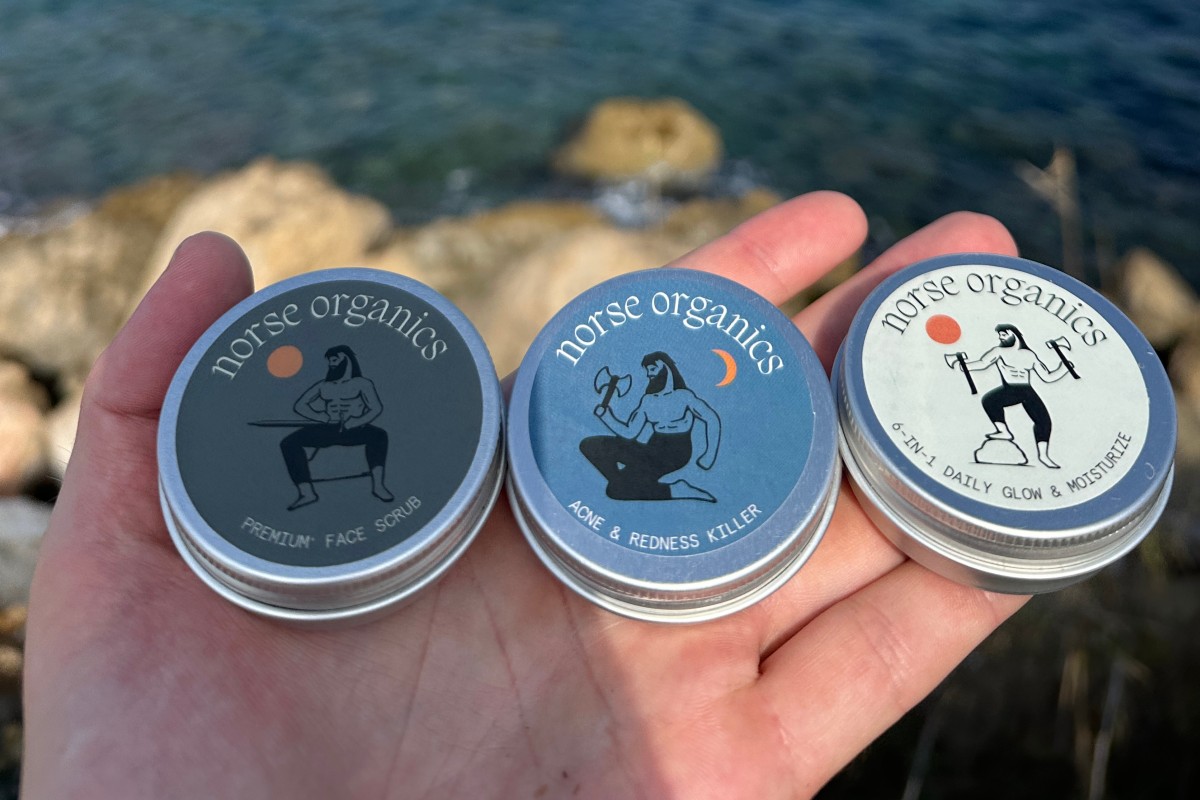Let’s cut through the clutter of chemical-laden products and focus on something your skin will actually thank you for—natural face oils. Whether you’re battling dry skin, oily T-zone, or dullness, there’s a natural oil that can restore your skin’s radiance and hydration. However, here’s the thing: These oils are not one-size-fits-all; what works miracles for dry skin might be a nightmare for oily skin. The nuance lies in finding the right oil that speaks your skin’s language. Let’s explore the best options out there and find your perfect match. Our selection comes exclusively from reputable brands committed to transparency, using only organic, cold-pressed, unrefined oils to preserve their natural properties.
Sunday Riley Juno Face Oil
Sunday Riley Juno Face Oil is our favorite natural facial oil, providing intense hydration and nourishment that can be helpful for dry skin. The formula comprises a blend of nine antioxidant-rich seed oils, including meadowfoam, broccoli seed, and black cumin seed oils. These ingredients are known for their hydrating properties and ability to give the skin a natural glow and suppleness without leaving a greasy residue. However, just so you know, the oil’s rich texture is quite thick and can be too heavy for hot and humid climates or oily skin.
You can find the Sunday Riley Juno Face Oil on QVC. New to QVC? Click here to save on your first purchase.
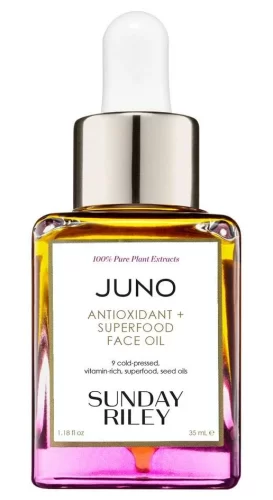
Drunk Elephant Virgin Marula Luxury Face Oil
This isn’t just another face oil; it’s a one-ingredient wonder. Yes, you read that right. It’s all about marula oil here, no fillers or fluff. This oil is packed with tons of fatty acids (oleic, palmitic, linoleic) and antioxidants like vitamin E. What does that mean for your skin? Well, think about quenching dryness, soothing irritations, and even fighting signs of aging. The best part? Drunk Elephant Virgin Marula Luxury Face Oil is suitable for all skin types and absorbs quickly, leaving no greasy residue. Whether you have dry, oily, or sensitive skin, this oil adjusts to your skin’s needs, offering hydration without the heaviness of traditional oils.
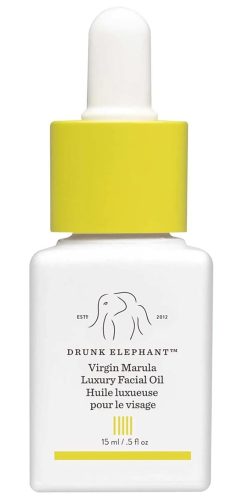
Biossance 100% Squalane Oil
If you’re after a natural oil that tackles everything from rough patches to eczema breakouts, all while giving your skin a healthy, dewy glow, Biossance’s 100% Squalane Oil is your go-to. The squalane in this facial oil is sustainable and naturally sourced from sugarcane. This nifty molecule mimics the natural sebum your skin produces. In other terms, using this face oil is like giving your skin a helping hand in doing what it does best – staying moisturized and healthy. It replenishes moisture and restores your skin’s natural barrier, which is especially handy as we age and our natural moisture-retention skills wane. For those of us battling acne, squalane hydrates without clogging pores or causing breakouts, a rare feat for facial oils. It’s gentle enough for sensitive skin and effective enough to make a noticeable difference in skin texture and hydration levels.
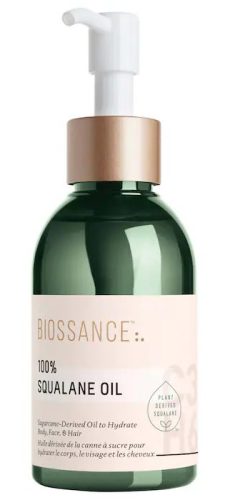
Good Molecules Bakuchiol Oil
Interested in a natural face oil to address aging signs? Check out Good Molecules Bakuchiol Oil. This product features bakuchiol oil, a natural and plant-based alternative to retinol. Just like retinol, bakuchiol oil enhances cell turnover, a vital part of the skin’s natural renewal process. As a result, skin becomes smoother and firmer and fine lines and wrinkles are visibly reduced. Moreover, this face oil is available in two formulations: one for dry skin and another for oily skin, each containing 1% bakuchiol oil and a rich concentration of rosehip seed oil. The dry skin variant is further enriched with 20% chia seed oil, working to hydrate and nourish your skin while targeting age-related concerns. For those with oily skin, there’s a formula with 15% baobab seed oil that offers light, non-clogging hydration.
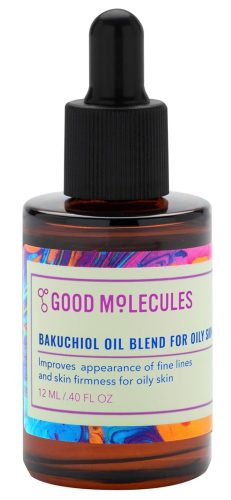
Josie Maran Argan Oil
This natural moisturizing facial oil makes the perfect introduction to the skin-loving properties of argan oil. In case you don’t know, argan oil is rich in vitamin E and essential fatty acids, which are key ingredients for maintaining resilient skin. Vitamin E is an antioxidant that combats free radicals—those pesky molecules that accelerate skin aging. And those essential fatty acids? They’re needed for maintaining the skin’s natural oil barrier. Despite being an oil, it has a surprisingly lightweight texture that won’t leave your face feeling greasy. It absorbs swiftly, leaving behind a subtle, dewy sheen that screams healthy skin. And for those with acne-prone skin, fear not. This oil is non-comedogenic, meaning it won’t clog your pores. In fact, it has anti-inflammatory properties that might soothe and clear acne breakouts.
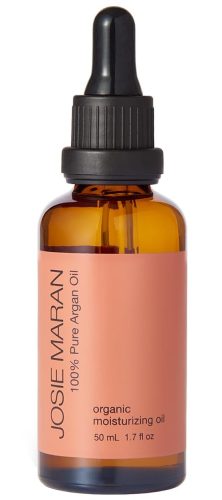
Viva Naturals Jojoba Oil
Viva Naturals Jojoba Oil is a universal face oil that anyone and everyone can use. It mimics your skin’s own oils, so it balances both oily and dry areas while providing a burst of hydration. Moreover, jojoba oil is packed with vitamins like E and B, and because it’s cold-pressed, all these good nutrients are preserved. The oil feels light, absorbs fast, and doesn’t leave a greasy feel, making it perfect for daily use. You can use it on your face, body, or hair for a quick moisture boost.
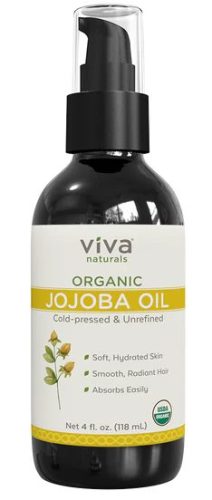
Factors to consider when choosing a face oil
- Your skin: For dry skin, oils rich in oleic acid, like avocado and sweet almond, are ideal. They work to replenish lost moisture and soothe dryness. On the other hand, oily skin requires lighter, non-comedogenic oils like jojoba and grapeseed.
- Texture and absorption: Consider the oil’s texture and how quickly it absorbs into your skin. Heavier oils might be more suitable for night use or during colder months, whereas lighter oils are preferable for daytime or hot weather.
- Purity and quality: Opt for cold-pressed, unrefined oils as they retain more nutrients. Organic oils are also a great choice to avoid pesticides and chemicals.
- Comedogenic rating: This rating indicates how likely an oil is to clog pores. If you have oily and acne-prone skin, avoid comedogenic ingredients at all costs.
- Scent: Some oils have a strong natural scent or essential oils added for fragrance. If you have sensitive skin or are sensitive to fragrances, opt for fragrance-free oils.
- Packaging: Oils should be packaged in dark glass bottles to protect them from light, which can degrade the oil over time.
How to use face oils
- Cleanse first: Use your regular cleanser to remove dirt and impurities. A thorough cleansing ensures that your skin can fully absorb the oil’s nutrients.
- Apply on damp skin: It’s best to apply face oil while your skin is still slightly wet. After washing your face or applying toner, lightly towel-dry your skin so it remains slightly moist, then use the oil. The water on your skin’s surface acts as a conduit or carrier for the oil, which means more hydration and easier application as the oil locks in the moisture that’s already sitting on the skin.
- Quantity matters: Applying too much oil can clog your pores and leave your skin with a greasy feeling. That’s why we recommend beginning with a lower quantity. You can adjust the amount based on how your skin feels, using less if it feels too oily or a bit more if areas still feel dry. In general, thicker, more viscous oils (like castor or avocado oil) are often more concentrated, so they should be used in smaller amounts. Lighter oils (like argan or jojoba) can be used more liberally.
- Warm it: Warm the oil between your palms before applying.
- Gentle application: Gently press and dab the oil evenly onto your face and neck. Avoid rubbing too hard or over-applying in one area.
- Layer correctly: If you use a moisturizer or serum, the general rule is to apply the thinnest consistency first, followed by the thickest. Oils are usually applied after water-based products and before heavy creams or lotions.
- Nighttime is prime time: While you can use oils during the day, using them at night can be particularly beneficial. The skin’s natural repair processes peak at night, making it an ideal time for oil use.
- Adjust according to skin’s response: Observe how your skin responds and adjust the frequency and quantity of oil. If you find it challenging to gauge the right amount, consider mixing a small amount of oil into your regular moisturizer. This can provide a balanced hydration without the risk of using too much oil.



